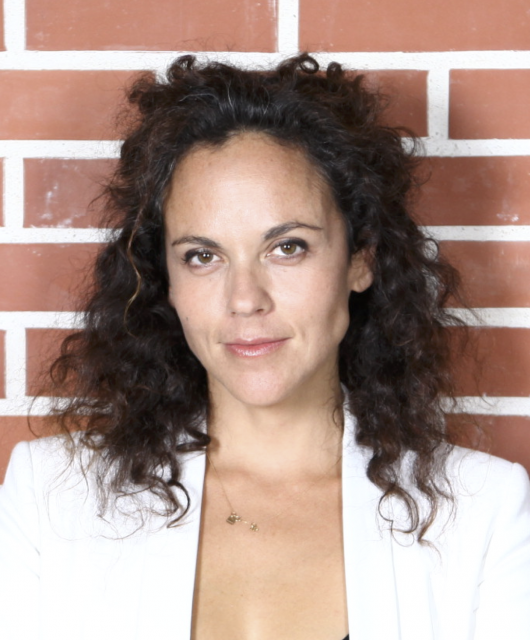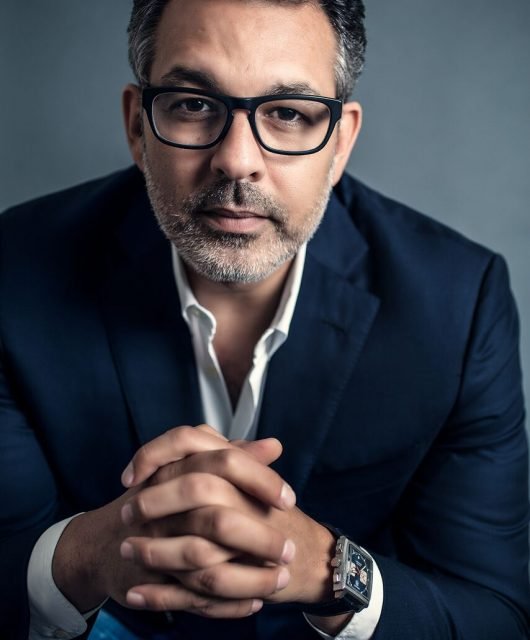How Should Brands Communicate In 2018: Q&A With BP’s Asmaa Khalil
Brand Communication is imperative to the sustainable success of any brand. In the current competitive landscape, brands must go beyond narrating a compelling story, they need to communicate in a way that inspires and engages. Having a solid and consistent brand communication strategy allows the brand to stand out, cut through the noise, build awareness and drive an emotional connection with the audience. The Berries interviewed Asmaa Khalil, Head of External Affairs at BP Egypt , to get her two cents on how should brands communicate in 2018.
BB: Corporate communication used to be all about exposure and buzz via various media channels; With the rise of new communication concepts, brands find themselves with no choice but to adapt to change. From your opinion, what are the important new trends that corporate communication professionals should keep on their radar to lead in 2018?
 AK: With the inevitable changes taking place in the media nowadays and the rise of social media use, being transparent and increasing credibility are becoming key. The changes in the media are entailing changes in the target audience. The audience now has access to information more than ever before, and thus is becoming smarter and more selective. It’s not about quality, price, or even supply anymore… it’s shifting towards the audiences’ holistic consumer experience. You should not only worry about reaching your audience, you should worry about reaching your audience first, with the right information, and in a very interesting way that makes you stand out.
AK: With the inevitable changes taking place in the media nowadays and the rise of social media use, being transparent and increasing credibility are becoming key. The changes in the media are entailing changes in the target audience. The audience now has access to information more than ever before, and thus is becoming smarter and more selective. It’s not about quality, price, or even supply anymore… it’s shifting towards the audiences’ holistic consumer experience. You should not only worry about reaching your audience, you should worry about reaching your audience first, with the right information, and in a very interesting way that makes you stand out.
BB: For brands, fake news on social media is an existential threat. Do you think this will effect the level of online brand engagement on social media platforms? In times of fake news, should brands remain silent, refute news or generate content in a different direction? Please elaborate
AK: Well, to any Communicator/PR Practitioner, fake news is not new; this is part of the package and everyone should know how to deal with it. With the rise of social media, the reach of fake news has typically increased, and accordingly brands must change in their speed and type of engagement with this kind of news. The most important thing is flexibility, so there will never be one response strategy… i.e. sometimes you will have to reply, and other times you will have to remain silent, depending on the news itself and its reach among other circumstances.
BB: The use of influencers has been one of the dominating highlights that gained momentum in 2017 with leaning on online influencers more than celebrity endorsements. How can the use of influencers for brands evolve in 2018 for a better ROI?
AK: The concept of an “influencer” is not new for PR/MKTG. In fact, in our university text books we used to study the influence of “Word-of-Mouth” on our target audience a decade ago; and I believe this is exactly the same concept, but it evolved with the rise of the new social media channels. We all used to have this one person within our social circles that knows best about cars, or makeup, or even economic concepts, and he/she would be our go-to person. In my opinion, influencers are celebrities because they look like your target audience, behave like them, and are part of their everyday life through social media. And for those reasons your audience trusts their “word-of-mouth” more than you and more than traditional celebrities at times. Brands should also start listening to influencers, their insights should be part of our R&D guidelines. The conversation should become a 2-way conversation, this will add to both the brand and influencer credibility within your audience… it’s a win-win relationship.
BB: One of the historical industry debates has revolved around whether doing PR in-house or hiring a professional corporate communication agency. Can you mention some differentiators that would encourage brands do PR with a firm instead of doing it inhouse ?
AK: There is no “one size fits all” strategy when it comes to this. It depends on a lot of factors like the nature of the industry, the skillset of the inhouse caliber, company policies, as well as the nature of the media industry within the country e.g. state-owned/controlled vs. free, etc.… in my opinion this will always remain an ever-changing percentage of work load divided between the inhouse team and the agency. However, with the current trend of “location free” jobs and the increased use of online freelancers, companies will get used to having less teams inhouse and will eventually shift into outsourcing at least 90 to 80 % of the work either to agencies or freelancers.
BB: Nowadays, Brands are all about designing engaging experiences. How can corporate communication professionals help brands narrate their stories and create an emotional attachment?
AK: Creating emotional connection is part of the holistic consumer experience I mentioned before; it’s becoming inevitable. The key is to stay ahead of the game and to be able to see market trends. To create content that is highly engaging is both a talent and a science. You essentially think outside of the box and at the same time get insights before anyone else does.
BB: Corporate communication pros who work in the digital sphere are often faced with an all-time dilemma, Content Virality Vs Paid tools. How can they constantly find new content niches, social communities and influencers, organically?
AK: The heavy use of social media and the increase in the amount of information shared online have augmented companies’ access to audience demographics and insights. But they have also made it harder for companies to follow the sweeping changes in consumers’ preferences happening by the hour! While access to “big data” forced companies to embrace the change and invest in technology to be able to compete, they still need to find the best ways to use the data.
Brands should use this data in creating content that is specially tailored to the target audience they want to reach using the right social media channel to keep them connected. The key is to basically keep monitoring and keep changing.





